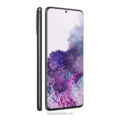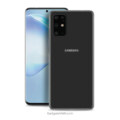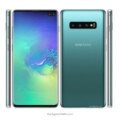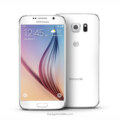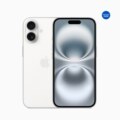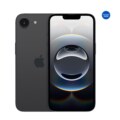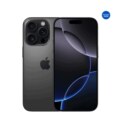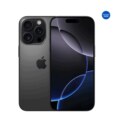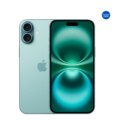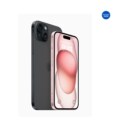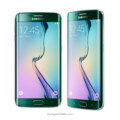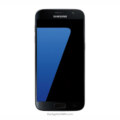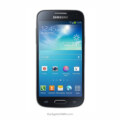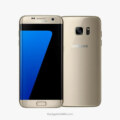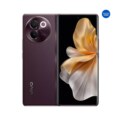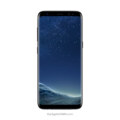Samsung I7500 Galaxy
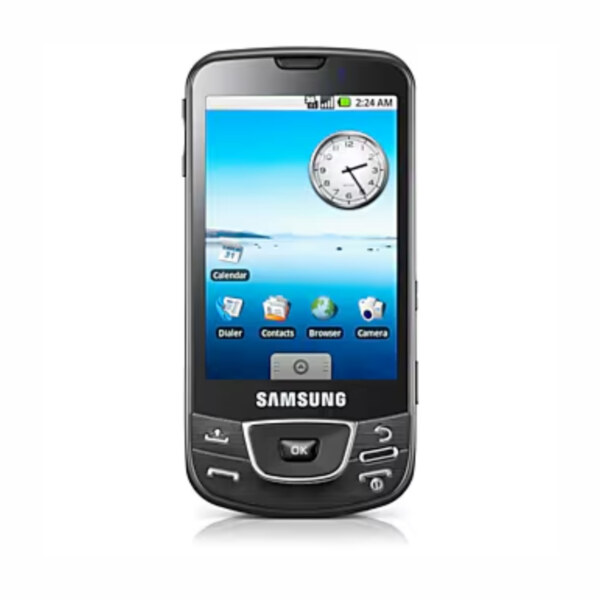

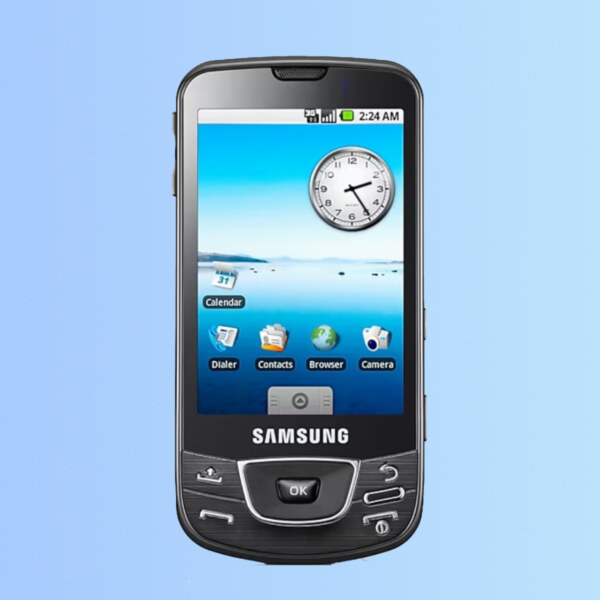
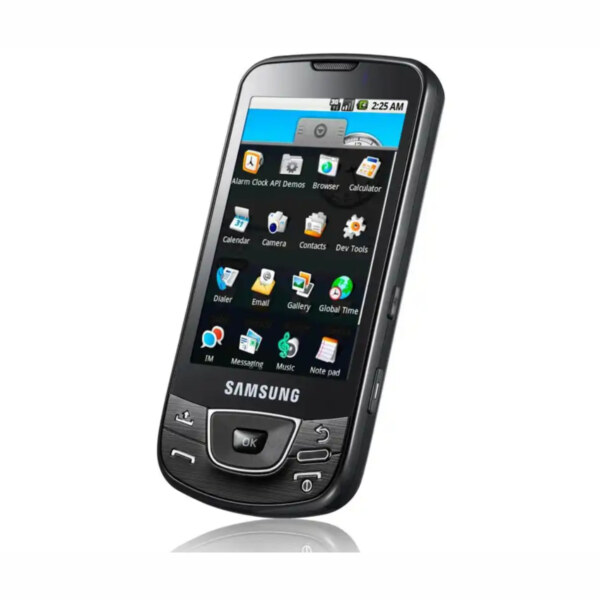
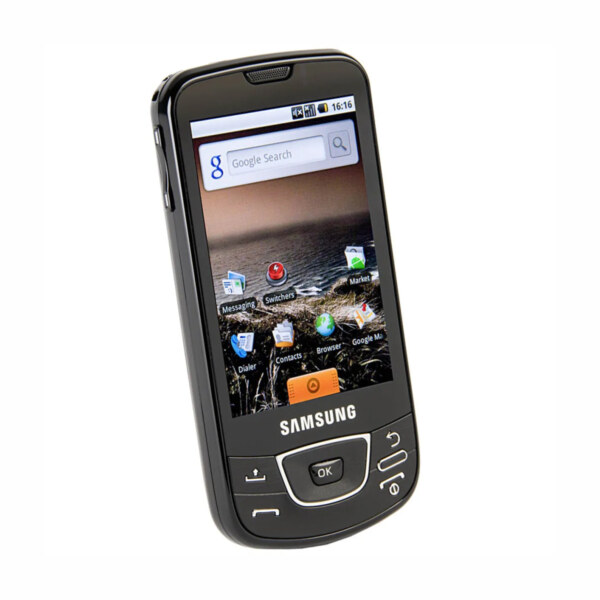
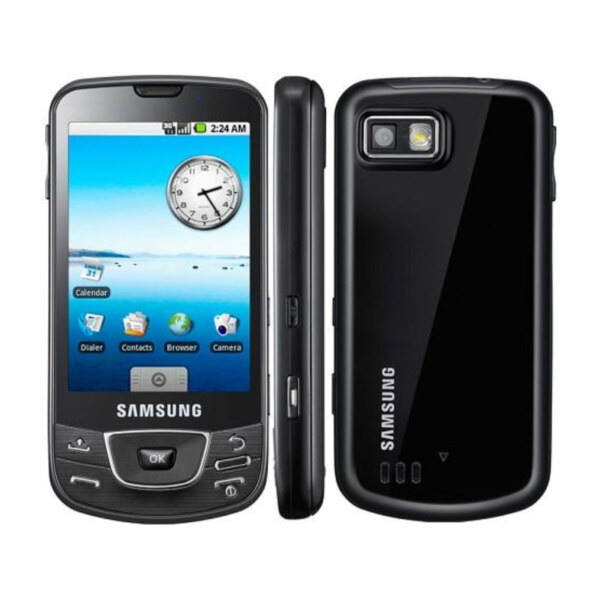
-
Display: 3.2" (320x480 pixels)
-
Processor: Qualcomm MSM7200A, 528 MHz
-
Rear Camera: 5 MP autofocus with LED flash
-
Selfie Camera: No
-
RAM: 128MB
-
Storage: 8 GB internal
-
OS: Android 1.5 (Cupcake)
-
Battery: 1500mAh
Samsung has officially joined the Android race with the launch of the Samsung I7500 Galaxy: Samsung’s First Android Phone (2009), and it’s a device that could really shake things up in the smartphone world. With HTC leading the charge with the Dream (G1) and Magic, it was only a matter of time before another big name stepped in. Now, Samsung has thrown its hat into the ring, and they’ve done it with style.
First Impressions of the Samsung I7500 Galaxy
The Smartphone Market in 2009
Back in 2009, the smartphone market looked very different. Apple’s iPhone was rapidly gaining popularity, HTC had already released the first Android phone (the HTC Dream, also known as the G1), and BlackBerry was still holding strong with its QWERTY-keyboard devices.
Into this competitive field came Samsung with the I7500 Galaxy, a sleek, AMOLED-powered phone that introduced a new level of polish to Android devices. While HTC’s Android models felt more experimental, the Galaxy looked and felt ready for the mainstream.
Samsung I7500 Galaxy Specifications
Here’s a closer look at the hardware that powered Samsung’s first Android phone:
-
Display: 3.2-inch AMOLED touchscreen, 320 × 480 pixels
-
Processor: Qualcomm MSM7200A, 528 MHz
-
Memory: 128 MB RAM
-
Storage: 8 GB internal, expandable with microSD (up to 32 GB)
-
Camera: 5 MP autofocus with LED flash
-
Battery: 1500 mAh removable
-
Connectivity: 3G (HSDPA 7.2 Mbps), Wi-Fi, Bluetooth 2.0, GPS
-
Operating System: Android 1.5 Cupcake
The inclusion of an AMOLED screen was a standout feature. Most rivals at the time used LCDs, but Samsung’s AMOLED technology offered richer colors, sharper contrast, and better outdoor visibility. It was a glimpse of Samsung’s display dominance that continues today.
Design and Build
At just 11.9 mm thick, the I7500 Galaxy was slimmer than many of its Android rivals. It had a clean, understated design with curved edges, a glossy black finish, and a focus on the touchscreen interface. The few hardware buttons were simple and practical, with no unnecessary clutter.
This minimalist approach helped position the Galaxy as a stylish alternative to the iPhone while still offering the flexibility of Android.
Android Experience on the Samsung Galaxy I7500
Running Android 1.5 Cupcake, the I7500 Galaxy gave users a taste of the features that would later become Android trademarks:
-
Customizable home screens with widgets and shortcuts
-
Notification bar for quick access to messages and updates
-
Full Google integration (Gmail, Google Maps, YouTube)
-
Android Market access for downloading apps and games
The virtual keyboard took some getting used to, but predictive text and haptic feedback made typing easier. Navigation through the touch interface was smooth for its time, and the AMOLED display made everything pop.
Multimedia and Camera Performance
Samsung marketed the I7500 Galaxy not just as a smartphone, but also as a media device. With 8 GB of internal storage and support for microSD cards, users could load it with music, photos, and videos. Paired with the AMOLED screen, video playback looked vibrant compared to other phones in 2009.
The 5 MP camera was also one of the best on an Android phone at the time. Autofocus worked well, and the addition of an LED flash made low-light shots possible — something even the iPhone lacked in 2009.
Performance and Battery Life
With its 528 MHz processor and 128 MB of RAM, the I7500 Galaxy wasn’t a powerhouse by today’s standards, but it handled day-to-day tasks like calling, texting, email, and light browsing smoothly.
The 1500 mAh battery was another plus. While heavy internet use could drain it quickly, most users could get through a full day of moderate usage, which was respectable in 2009.
Why the Samsung I7500 Galaxy Was Important
The I7500 Galaxy may not have sold in massive numbers, but it laid the groundwork for what would become the world’s most popular smartphone line. It proved Samsung could compete in the Android space, and it introduced the Galaxy name a brand that would soon rival Apple’s iPhone and dominate the global smartphone market.
Without the I7500 Galaxy, there might never have been the Galaxy S series, Note series, or Galaxy Z foldables we know today.
FAQ About the Samsung I7500 Galaxy
- When was the Samsung I7500 Galaxy released?
It was officially announced in April 2009 and released in June 2009 in Europe. - What was special about the Samsung I7500 Galaxy?
It was Samsung’s first Android smartphone and the first device in the Galaxy series. It also featured one of the earliest AMOLED displays on a smartphone. - How much storage did the Samsung I7500 Galaxy have?
The phone came with 8 GB of internal storage and supported microSD expansion up to 32 GB. - Is the Samsung I7500 Galaxy still usable today?
Technically, yes, but it runs Android 1.5 Cupcake and lacks support for modern apps and networks. Today, it’s more of a collector’s item than a practical device.
My Thought
The Samsung I7500 Galaxy (2009) was more than just a smartphone; it was the first step in Samsung’s Android journey. With its slim design, AMOLED display, strong camera, and generous storage, it set a new bar for early Android devices.
Looking back now, the I7500 Galaxy is a reminder of how far smartphones have come and how a single device can spark an entire legacy.
“The I7500 Galaxy laid the foundation for the Samsung Galaxy S (2010), the phone that truly put Galaxy on the map.”
Specs
LAUNCH
| Announced | 2009, April. Released 2009, June |
| Availability | Discontinued |
NETWORK
| 2G Bands | GSM 850 / 900 / 1800 / 1900 |
| 3G Bands | HSDPA 900 / 1700 / 2100 |
| Speed | HSPA 7.2/5.76 Mbps |
| Technology | GSM/HSPA |
DESIGN
| Measurements | 115.9 x 56 x 11.9 mm (4.56 x 2.20 x 0.47 in) |
| Weight | 116.7 g (4.09 oz) |
| SIM | Mini-SIM |
DISPLAY
| Type | AMOLED (65K effective) |
| Size | 3.2 inches, 30.5 cm2 (~47.0% screen-to-body ratio) |
| Resolution | 320 x 480 pixels, 3:2 ratio (~180 ppi density) |
PLATFORM
| OS | Android 1.5 (Cupcake) |
| Chipset | Qualcomm MSM7200A |
| CPU | 528 MHz ARM 11 |
| GPU | Adreno 130 |
MEMORY
| Card Slot | microSDHC (dedicated slot) |
| Internal | 8GB 128MB RAM |
REAR CAMERA
| Single | 5 MP, AF |
| Features | LED flash |
| Video | Yes |
SELFIE CAMERA
SOUND
| Loudspeaker | Yes |
| 3.5mm Jack | Yes |
COMMUNICATION
| WLAN | Wi-Fi 802.11 b/g |
| Bluetooth | 2.0, A2DP (headset support only) |
| Positioning | GPS |
| Radio | No |
| USB | microUSB 2.0 |
FEATURES
| Sensors | Accelerometer, compass |
BATTERY
| Kind | Removable Li-Ion 1500 mAh battery |
OTHERS
| Colors | Black, White |
| SAR | 0.38 W/kg (head) 0.24 W/kg (body) |
| SAR EU | 0.61 W/kg (head) |
PRICE
| UK | About 140 EUR |
EU LABEL
Reviews
Disclaimer Note
The reviews, opinions, and information shared on this blog are based on personal experiences, research, and available product details at the time of writing. While we strive to provide accurate and up-to-date information, we cannot guarantee that all specifications, prices, or features remain current.

